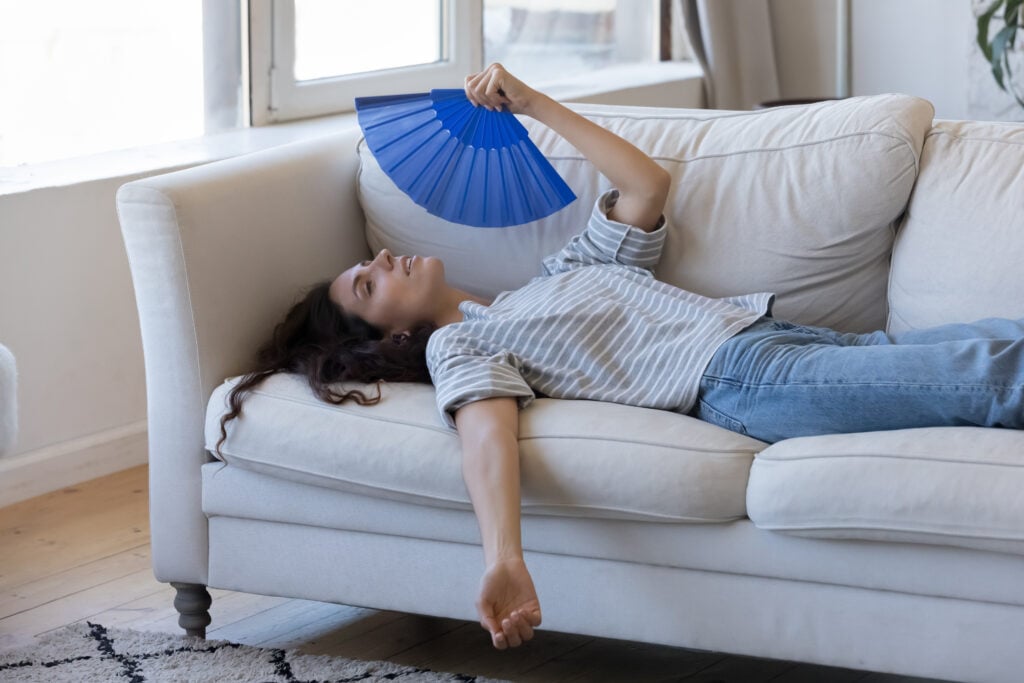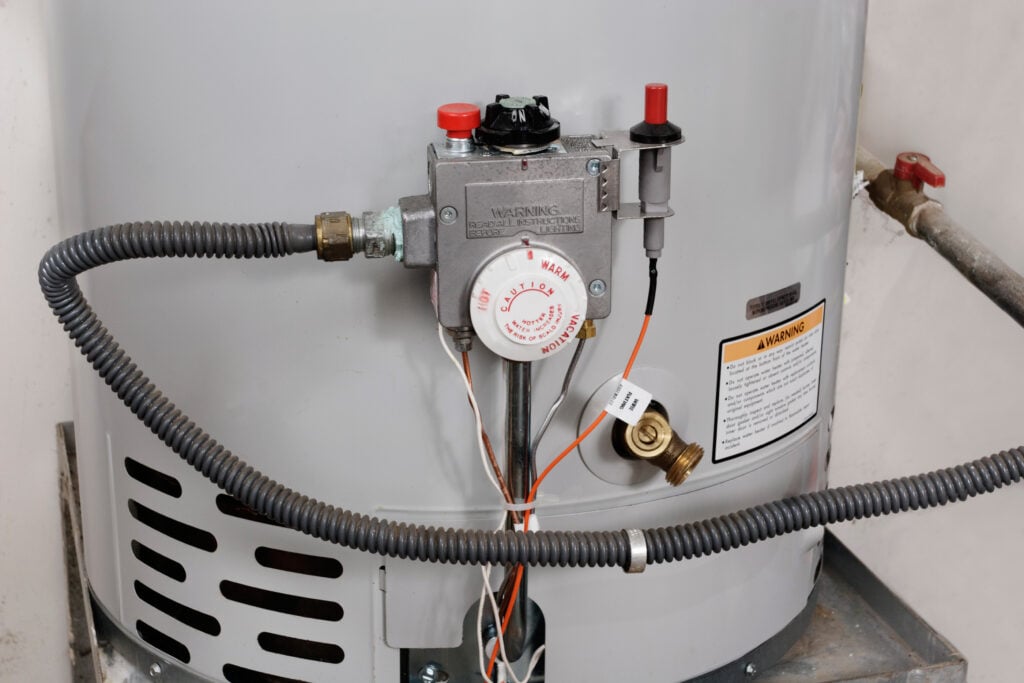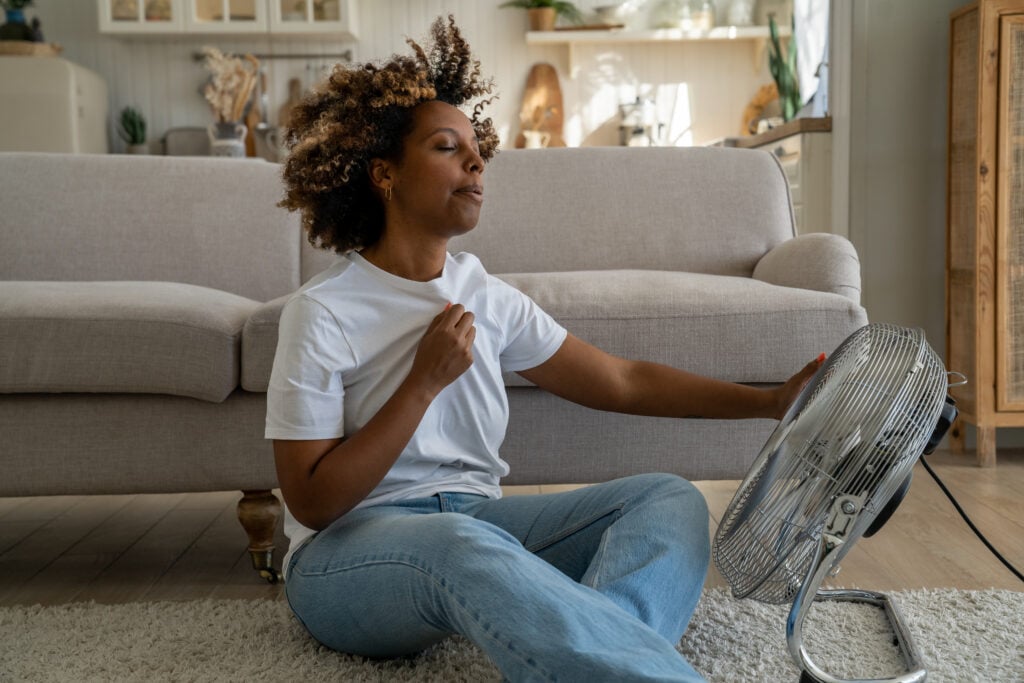Your Arizona HVAC system plays a vital role in maintaining comfort within your home. Whether it’s battling the sweltering heat of summer or keeping you cozy during the cooler months, your HVAC system is the unsung hero of your indoor environment. One question that often crosses the minds of homeowners is, “How long should my HVAC system run in a cycle?” In this article we will explore the factors that influence the duration of your HVAC system’s operation and provide insight into what you can expect from your system’s cycling times.
How Long Should my HVAC System Run in a Cycle?
With spring knocking on the door and the Arizona temperatures beginning to climb back up, there are few things more important to your home’s comfort than a functioning HVAC system. It’s essential to understand the potential downsides of a HVAC system that runs too much. Things like increased energy consumption, accelerated wear and tear, reduced indoor air quality, lack of consistent comfort and more, can all be results of a HVAC system that runs longer cycles than it should. So, how long should a HVAC system run in a cycle?
The Ideal Scenario:
There is no exact answer for how long your system should run during each cooling or heating cycle. The primary reason for this ambiguity is that HVAC systems are designed to respond to varying conditions. The average air conditioner, for instance, is sized to remove the heat from your home as quickly as it enters, even on a scorching 110°F Arizona day. In an ideal situation, on such blistering days, your system should be able to keep up with the incoming heat, but not gain on it and be able to turn off. This means that your system should run continuously, or at least for extended periods, on exceptionally hot days to maintain a comfortable indoor environment.
Cycling on and off:
“Cycling on and off”, in the context of an HVAC system, refers to the system’s operation pattern, where it turns on to provide heating or cooling and then turns off once the desired temperature is achieved. It’s a normal part of an HVAC system’s operation to maintain a comfortable indoor climate. As the outside temperature drops below the peak extremes of 110°F or any other temperature threshold, the way your HVAC system operates will change. The farther it is below the peak extreme, the more your system will cycle on and off. This is because it doesn’t need to work as hard to maintain the desired indoor temperature.
Factors Influencing Cycle Times:
- Thermostat Settings: The temperature you set on your thermostat has a significant impact on how long your HVAC system runs. If you set your thermostat to a very low temperature in summer or a high temperature in winter, your system will run for longer cycles to achieve your desired indoor climate.
- Weather Conditions: Outdoor weather conditions play a crucial role. Extremely hot days, which we are familiar with in the Phoenix and Scottsdale area, will lead to longer running cycles to maintain comfort, while milder days will result in shorter cycles as your system doesn’t need to work as hard.
- System Sizing: The size of your HVAC system is another critical factor. The size is measured in British Thermal Units or BTUs which is the amount of energy needed to increase the temperature of one pound of water by one degree Fahrenheit. The more BTUs, the more square footage a HVAC unit is capable of cooling. If HVAC system is undersized and does not have enough BTUs to cool your entire home, it will constantly run while it attempts to keep up with the cooling demand. A system that is correctly sized for your home will run more efficiently and cycle less frequently. An oversized system may cycle on and off too often, leading to energy wastage and unnecessary wear and tear.
- Insulation and Home Efficiency: The insulation and energy efficiency of your home also impact how long your HVAC system needs to run. A well-insulated home with good energy efficiency will require shorter cycles to maintain comfort.
- Air Filter Condition: A clogged or dirty air filter can restrict airflow, making your HVAC system run longer cycles to compensate for reduced efficiency. This is one of the main reasons why how often you change your home’s air filters matters.
In the world of HVAC systems, there is no one-size-fits-all answer to how long your system should run in a cycle. It’s a dynamic process that adjusts to the specific conditions of your home and the environment outside. Ideally, on extremely hot days, your system should run for more extended periods to maintain the desired indoor temperature. On milder days, it will cycle on and off as needed to conserve energy and ensure your comfort.
To ensure your HVAC system performs optimally, it’s crucial to have regular maintenance and inspections. If you ever have concerns about the operation of your HVAC system, consulting with a professional HVAC technician can help you fine tune your system for peak performance while maximizing energy efficiency. In the end, the goal is to maintain your ideal indoor climate while keeping energy consumption in check. For all of your HVAC needs in the Phoenix area, contact Arizona Comfort Specialists. We are here for you and your home.





